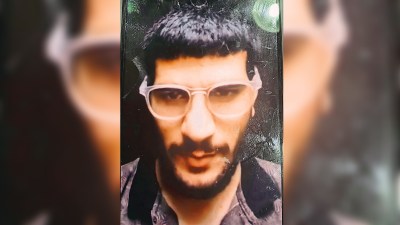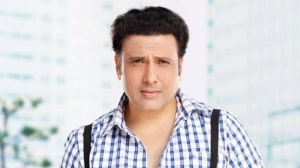India rates worst in literacy: UNICEF report
NEW DELHI, DEC 10: Even sub-Saharan Africa, considered one of the poorest regions of the world, has a higher literacy rate than India (59...

NEW DELHI, DEC 10: Even sub-Saharan Africa, considered one of the poorest regions of the world, has a higher literacy rate than India (59 per cent compared to our 52 per cent), according to UNICEF’s The State of the World Children 1999 report. Even Vietnam, with a per capita income of $290 (as compared to India’s $380), has been able to achieve a 94 per cent literacy rate.
Despite the disappointing performance, the Ministry of Human Resource Development has already given up its self-assigned target of spending 6 per cent of the Gross National Product on education by 2000, of which 50 per cent was to be spent on elementary education.
Already, expenditure on primary education as a percentage of Gross Domestic Product in India has been declining, from 4.2 per cent in 1994 to 3.9 per cent in 1996. Not just that, the children-teacher ratio has also declined from 43/100 in 1991-92 to 46/100 in 1995-96.
According to UNICEF, 11 crore children are out of school in India, of whom 4 crore have never beenenrolled. Yet UNICEF estimates that educating a child will not cost more than Rs 439 a year. This is when Navodaya Vidyalayas, the Government’s showpiece rural residential schools, spend an average of Rs 15,000 on every student.
According to UNICEF, the minimum amount India would need to spend over the Ninth Plan to educate all children is Rs 40,000 crore, which requires just a 0.5 per cent increase in the GDP every year over the next five years. This is when 95 per cent of the population has access to primary schools within a km of their homes.
As UNICEF consultant and development economist Shiv Kumar said on Tuesday, not a single party manifesto in the recent Assembly elections mentioned an improvement in the quality of elementary education as a priority. In fact, the Bill which is to make elementary education a fundamental right, which was introduced in 1996 by S R Bommai, is still pending in the Rajya Sabha. This is despite the fact that Joshi himself has said several times that the Government shouldconcentrate “its full attention and investment on universalisation of primary education”.
The world, in fact, requires just $7 billion more over the next decade — less than the amount spent by Europeans on ice cream — to achieve universal primary education by 2010.






- 01
- 02
- 03
- 04
- 05

























